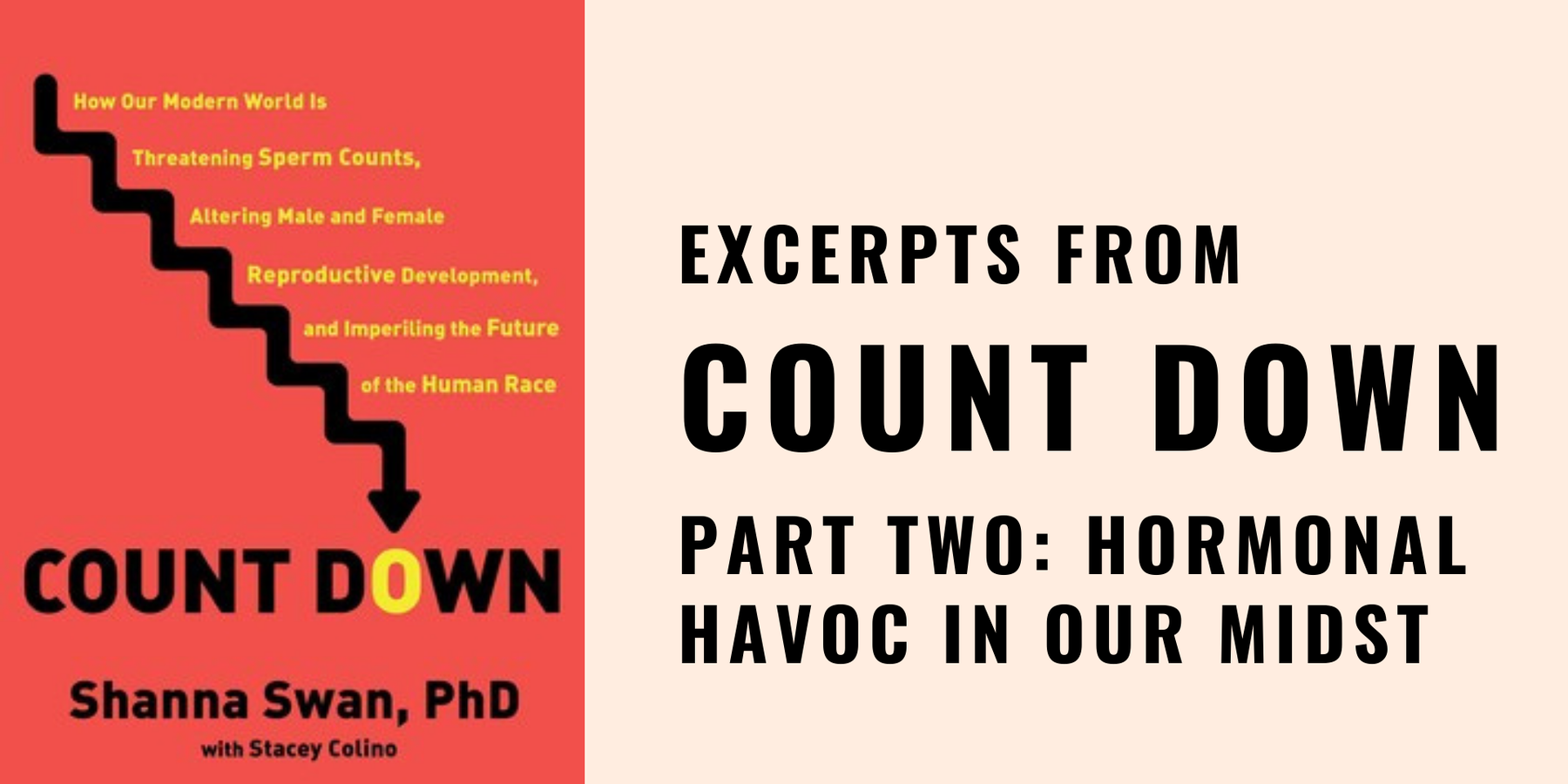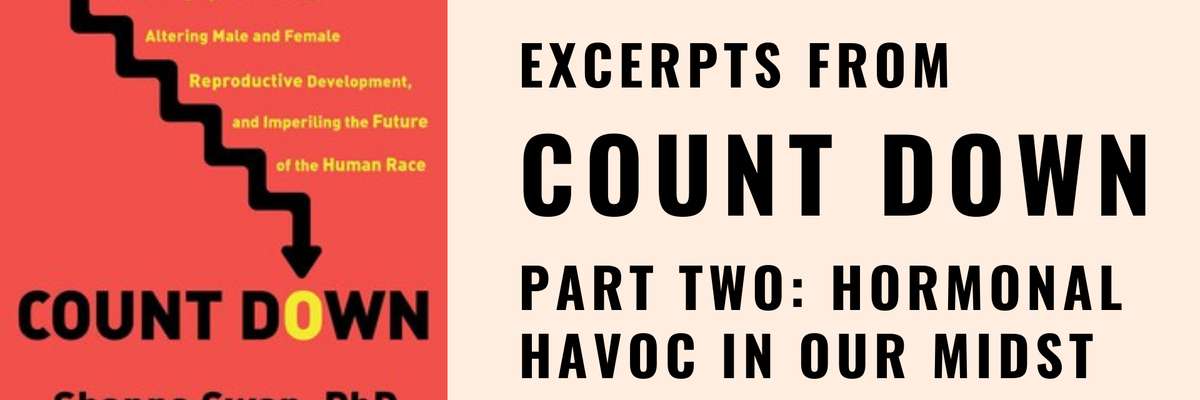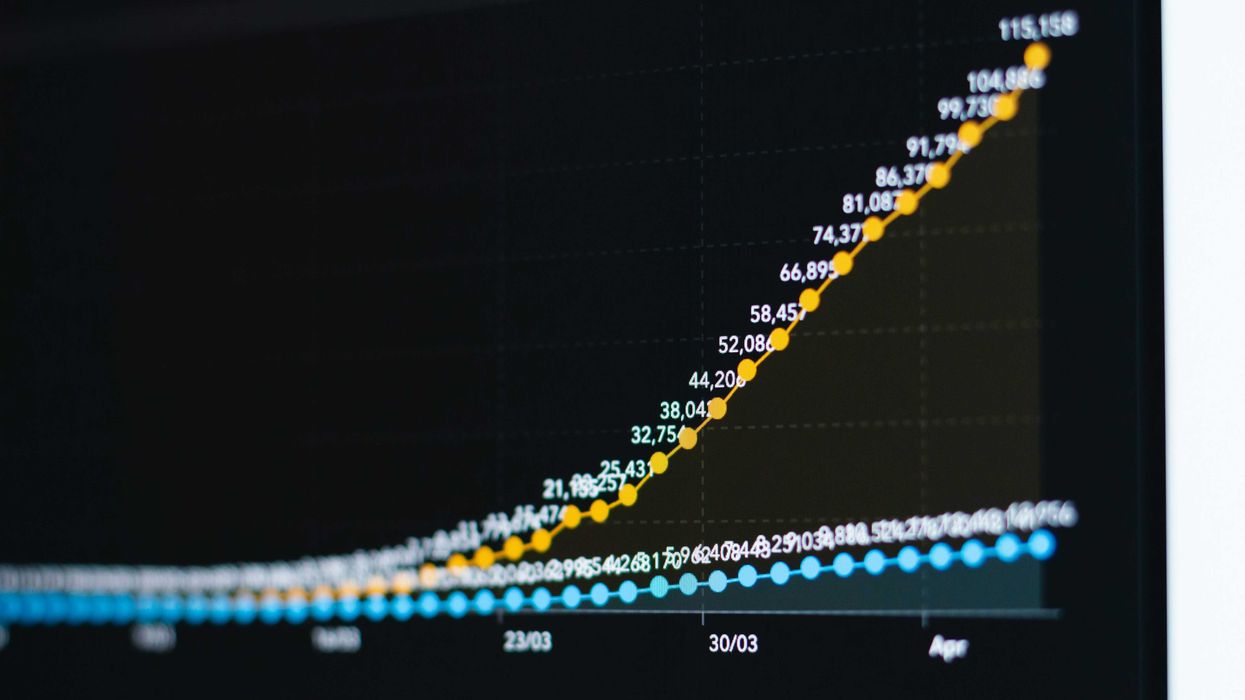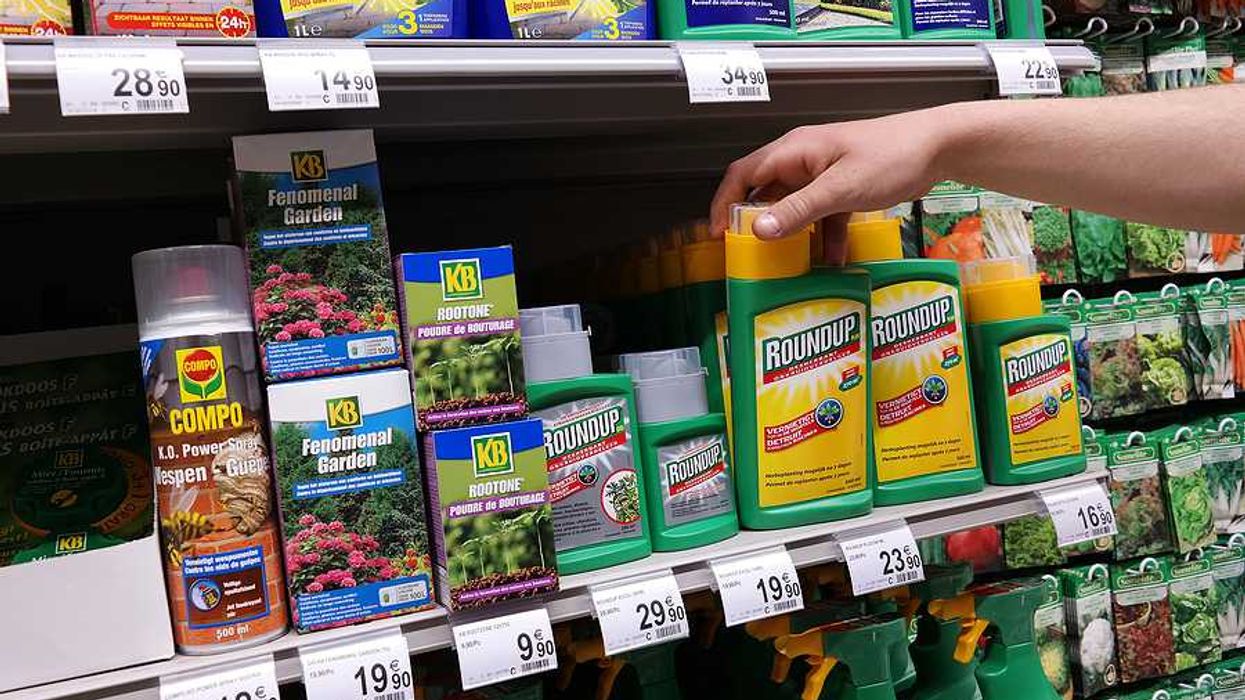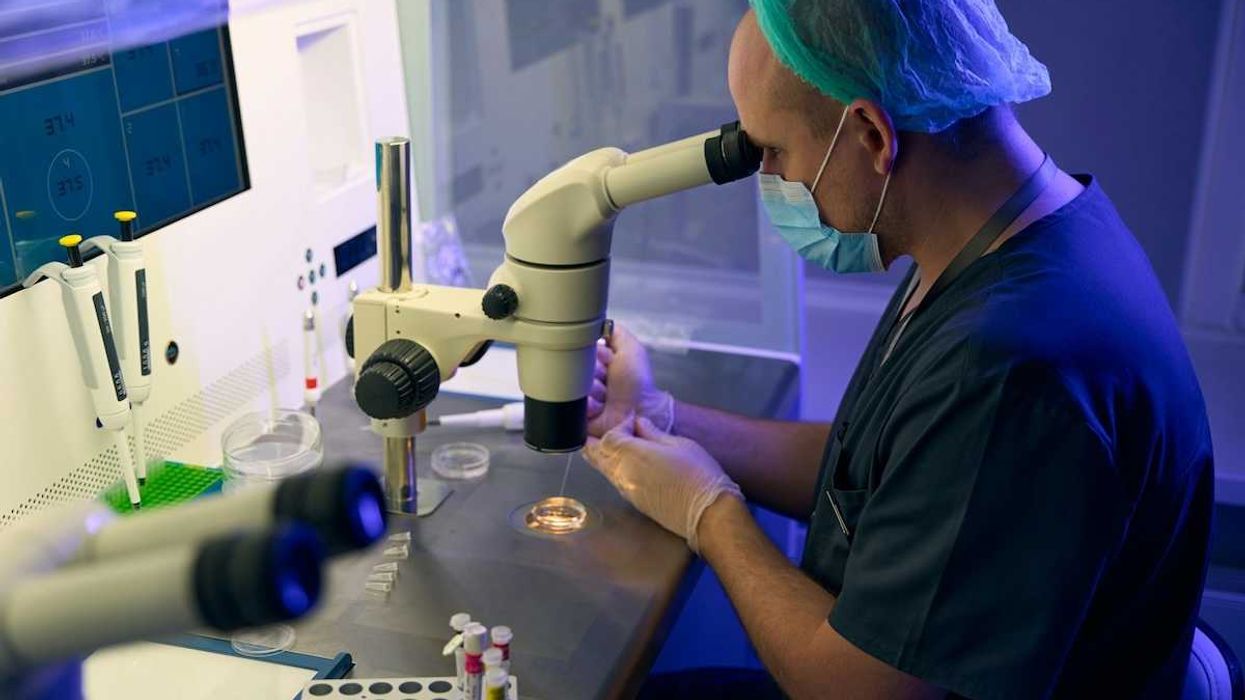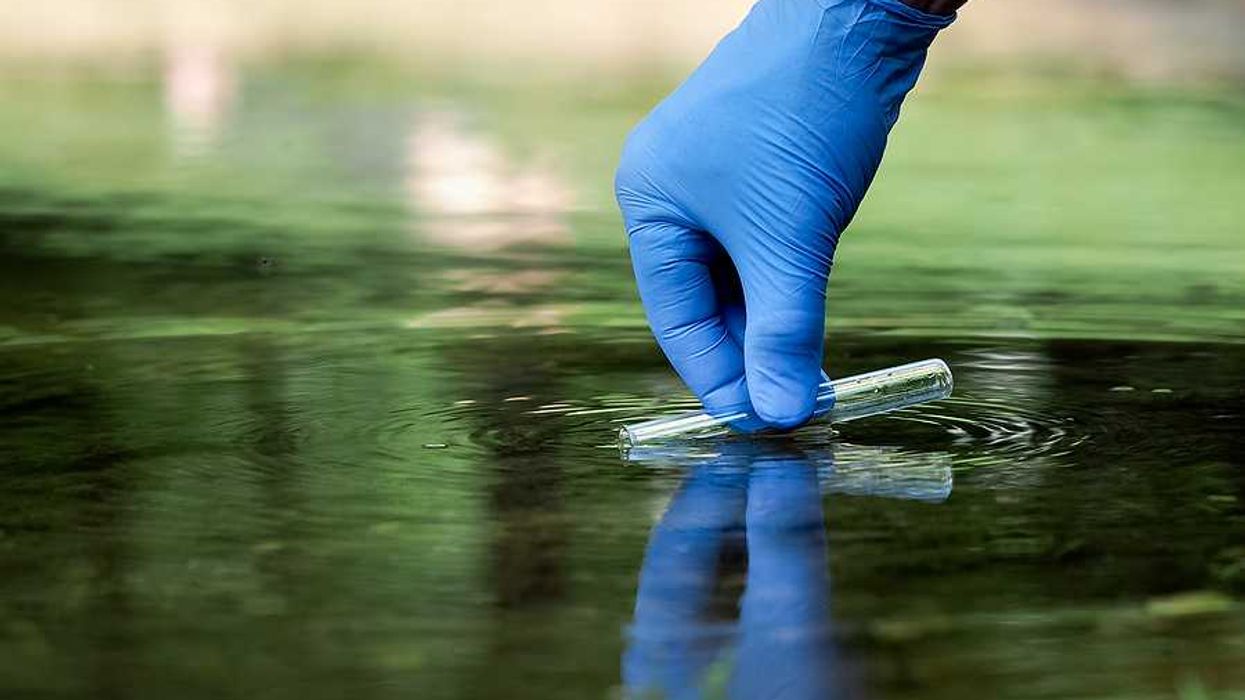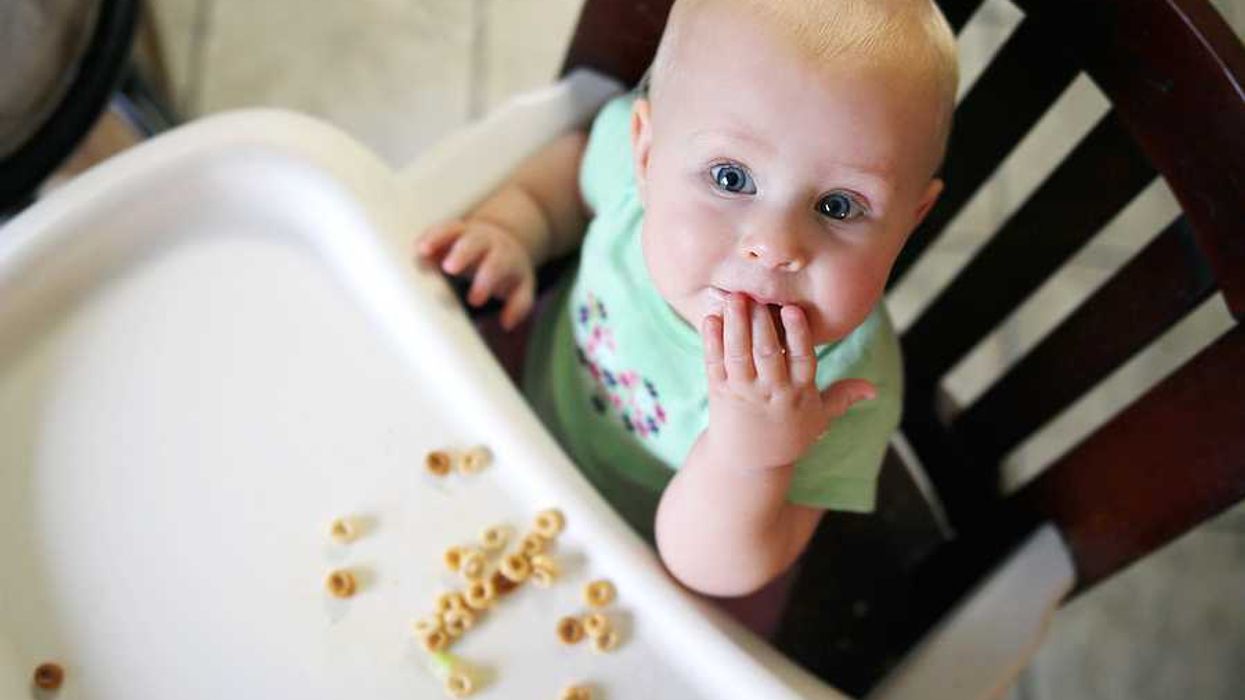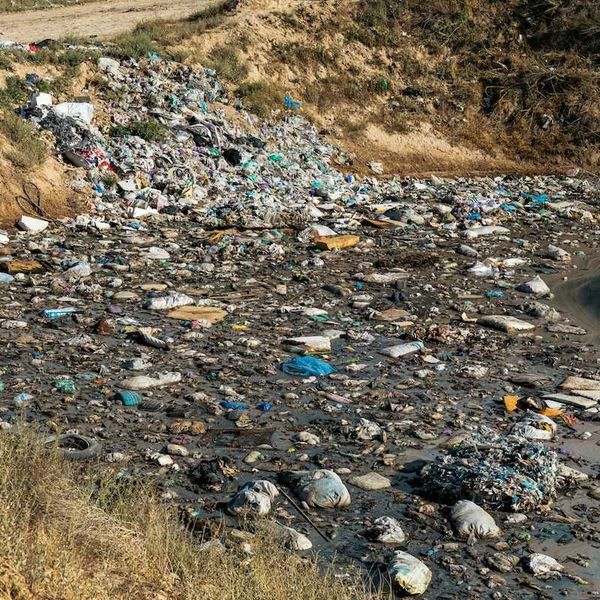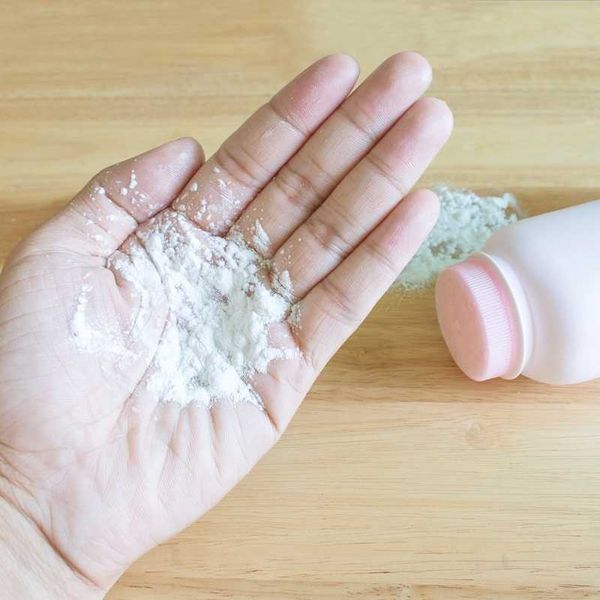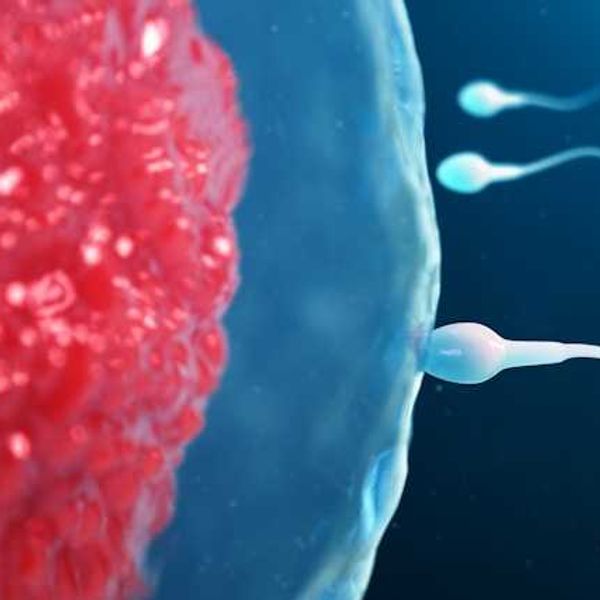Editor's note: The following is an excerpt from the book "Count Down: How Our Modern World Is Threatening Sperm Counts, Altering Male and Female Reproductive Development, and Imperiling the Future of the Human Race" by EHS adjunct scientist Shanna Swan, PhD.
The book is available for sale through most major retailers.
The drop heard round the world

Credit: freestocks/Unsplash
In late July 2017, it seemed as if every media outlet around the globe had become obsessed with the state of human sperm counts. Psychology Today cried, "Going, Going, Gone? Human Sperm Counts Are Plunging," while the BBC declared, "Sperm Count Drop Could Make Humans Extinct," and the Financial Times announced, "Urgent Wake-Up Call' for Male Health as Sperm Counts Plummet." A month later, Newsweek published a major cover story on the same subject: "Who's Killing America's Sperm?"
By the end of the year, my scientific paper "Temporal Trends in Sperm Count: A Systematic Review and Meta-Regression Analysis," which sparked these stories—and hundreds of others around the world— was ranked number 26 among all referenced scientific papers published worldwide, according to Altmetric's 2017 report. This truly was the drop heard round the world.
Chance of extinction?

Credit: Johnny Cohen/Unsplash
These days, the world as we've known it feels as though it's changing at warp speed. The same could be said for the status of the human race. It's not only that sperm counts have plummeted by 50 percent in the last forty years; it's also that this alarming rate of decline could mean the human race will be unable to reproduce itself if the trend continues. As my study collaborator Hagai Levine, MD, asks, "What will happen in the future—will sperm count reach zero? Is there a chance that this decline would lead to extinction of the human species? Given the extinction of multiple species, often associated with man-made environmental disruption, this is certainly possible. Even if there is low probability for such a scenario, given the horrific implications, we have to do our best to prevent it."
This is especially worrisome because the sperm-count decline that's occurring in Western countries is unabating; it's steep, significant, and continuing, with no signs of tapering off. As Danish researcher and clinician Niels Skakkebaek, MD, who was the first person to alert the scientific community to the role of environmental factors in sperm decline, said, "It's an inconvenient message, but the species is under threat, and that should be a wake-up call to all of us. If this doesn't change in a generation, it is going to be an enormously different society for our grandchildren and their children."
Indeed, if the decline continues at the same rate, by 2050 many couples will need to turn to technology— such as assisted reproduction, frozen embryos, even eggs and sperm that were recreated from other cells in the laboratory (yes, this is actually being one)—to reproduce.
A dystopian future?

Credit: Markus Winkler/Unsplash
Some of what we've been thinking of as fiction, from stories such as The Handmaid's Tale and Children of Men, is rapidly becoming reality. In the winter of 2017, I presented my sperm-decline findings at the One Health, One Planet conference, which focused on the interconnected health of different species on the planet, the damage being inflicted by our mad "industrialization" of the environment, and its devastating effects on frogs, birds, polar bears, and other species. After presenting the results of our analysis, which were shocking enough to the audience, I spoke for the first time about what sperm decline could mean for Homo Sapiens. That night, I awoke from a dream, feeling incredibly anxious as I suddenly realized the full implications of the story I'd put together— that given the declines in sperm count and testosterone levels and the increases in hormonally active chemicals that are being spewed into the environment, we really are in a dangerous situation for mankind and world fertility.
This was no longer only a matter of scientific study for me. I felt and remain genuinely scared by these findings on a personal level.
In some ways, the picture looks even worse when you delve deeper because it's not just an issue for men. Women, children, and other species are also having their reproductive development and function commandeered in a dysfunctional direction. In some countries throughout the world, including the United States, a massive sexual slump is underway, due to declines in people's sex drives and interest in sexual activity; men, including younger guys, are also experiencing greater rates of erectile dysfunction. In animals, there have been changes in mating behavior, with more reports of male turtles humping other male turtles, and female fish and frogs becoming masculinized after being exposed to certain chemicals.
Taken together, these trends are causing scientists and environmentalists to wonder, how and why could this be happening? The answer is complicated.
About the author

Author Shanna Swan (Credit: Axel Dupeux)
Shanna H. Swan, Ph.D., is one of the world's leading environmental and reproductive epidemiologists and a professor of environmental medicine and public health at the Icahn School of Medicine at Mount Sinai in New York City. She is also an adjunct scientist at Environmental Health Sciences, publisher of EHN.org, DailyClimate.org and FairElex.com.
An award-winning scientist, Dr. Swan's work examines the impact of environmental exposures, including chemicals such as phthalates and Bisphenol A, on men's and women's reproductive health and the neurodevelopment of children.
For more information about Dr. Swan and her book, including where to buy it, visit Dr. Swan's website at www.shannaswan.com.

